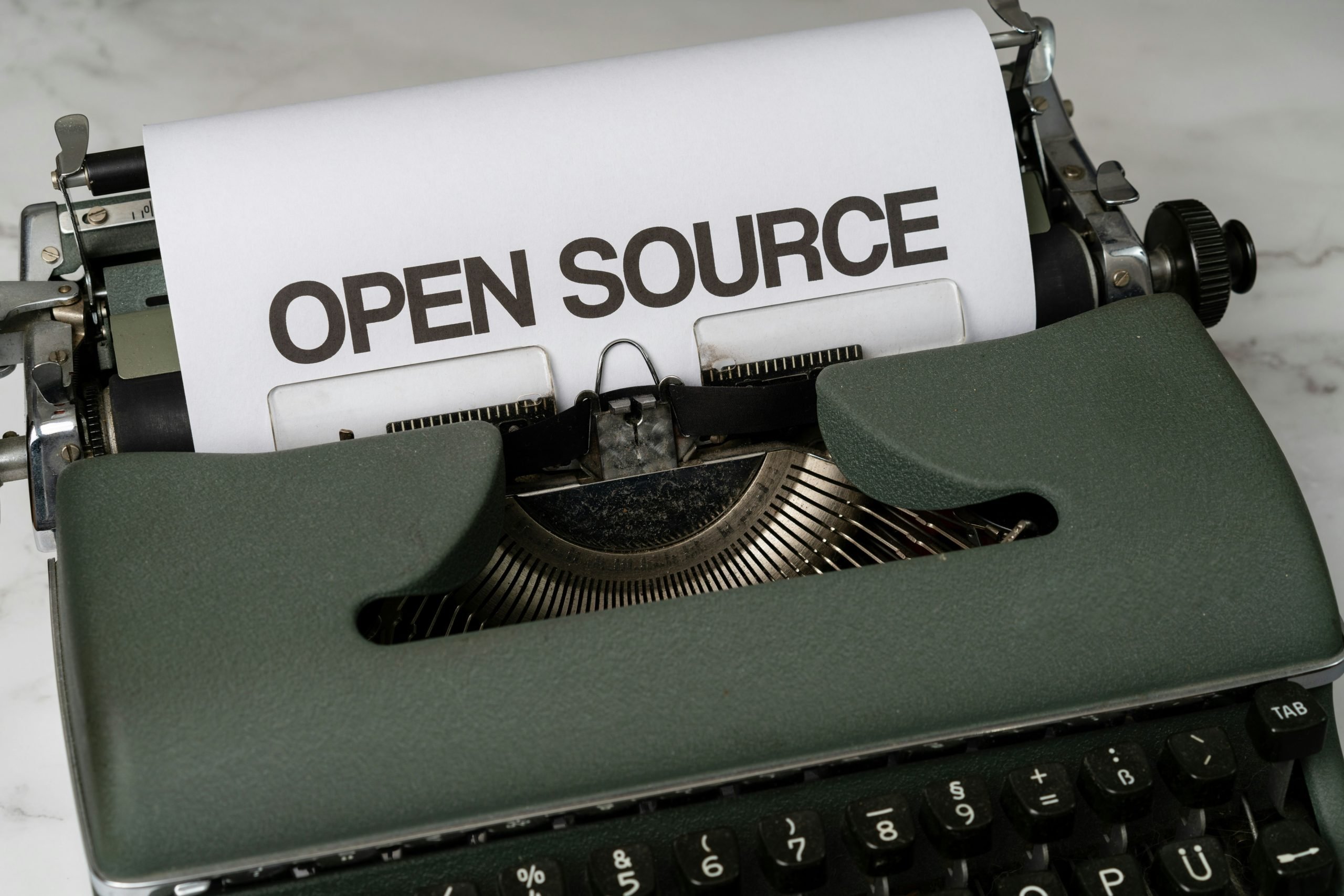Documentation plays a crucial role in knowledge sharing, onboarding new team members, and maintaining a high level of code quality. Explore with me the benefits of cultivating a documentation culture and learn practical tips for fostering effective collaboration and contribution processes between team members, departments, and external collaborators.
Recognize the Value of Documentation
Documentation is often seen as an afterthought in software development, but it is a powerful tool that can enhance collaboration and productivity. A well-documented codebase allows developers to understand the purpose, functionality, and dependencies of different components.
It serves as a reference guide, especially for new team members, enabling them to grasp the project’s context quicker without the need to connect with a more senior staff member for details. Additionally, being able to read documentation independently helps new developers understand the project at their own pace without any detrimental pressure. It allows them to show proactiveness and it fosters a healthy knowledge-sharing mindset.
Recognize the Power of Documentation
Knowledge is power. It is not only your own department that can benefit from a well maintained and up-to-date documentation. If you happen to produce a valuable piece of content, promote it across different departments so that they can adapt it to their own voice and reuse it to share knowledge with their specific audience.
For instance, a marketing team can make a captivating video advertising a feature that you have described in your user guide. That same guide can be transformed into a more in-depth technical whitepaper by the content team, or shared directly with customers who expressed interest in the feature by the customer success team.
Document the Development Process
Developers should document the development process itself, including coding standards, guidelines, and best practices. This documentation sets a shared framework for the team and ensures consistency across the codebase. By documenting the development process, developers are able to streamline their workflows, reduce redundancy, and optimize code reviews and debugging efforts.
Knowing the company’s standards allows for better external contribution should you consider open-sourcing your project or the entire code base. It establishes a solid base for effective collaboration without the need to go back and forth with a contributor over semantic details of their PR, something they can easily extract from provided guidelines.
Use Collaborative Documentation Tools
Investing in collaborative documentation tools can revolutionize the way developers work together. Platforms like Confluence, GitBook, or even a simple wiki can provide a centralized space for sharing knowledge, writing technical articles, and collaborating on documentation. These tools enable developers to contribute, review, and update content in a seamless manner, fostering a culture of continuous improvement and knowledge sharing, which is a mindset every company should nurture.
Encourage Documentation Ownership
Developers should be encouraged to take ownership of documentation. Each team member should feel responsible for documenting their work, whether it is code, API specifications, system architectures, troubleshooting guides, or a set of internal guidelines.
By promoting documentation ownership, developers become more invested in the quality and accuracy of the documentation. Documentation stops playing second fiddles and is elevated in its importance. A well-maintained, up-to-date documentation helps not only colleagues to get up to speed with a project quicker, but also serves as a solid foundation for other types of content you can produce based on the original: FAQs, troubleshooting guides, video tutorials, etc.
Provide Documentation Templates and Guidelines
To make documentation creation more approachable, providing templates and guidelines can be immensely helpful. Templates ensure consistency across different types of documentation, such as API documentation, user guides, release notes, and tutorials.
Guidelines help developers understand the expected level of detail, formatting conventions, document structure, and any specific requirement for each type of document you need to produce. For instance, all your troubleshooting guides should be to-the-point and only focused on resolving an issue described at the beginning of your document; on the other hand, your tutorials can suggest advanced additional configurations for those who want to learn more.
Do Collaborative Documentation Reviews
Just as code reviews are vital for maintaining code quality, documentation reviews should also be an integral part of the development process. Encourage developers to review and provide feedback on each other’s documentation.
This collaborative approach ensures documentation is accurate, up to date, and reflects the collective knowledge of the team. The more feedback you gather, the better, as every reviewer bring to the table their own unique perspective which helps your document become less single-focused and more user friendly.
The easiest way would be to adopt the docs-as-code methodology that treats documentation like code and follows similar processes for generating, reviewing, and publishing it.
To sum up, a strong documentation culture is a catalyst for collaboration and empowerment within a development team. By recognizing the value of documentation, investing in collaborative tools, and fostering ownership, developers can actively contribute to building a knowledge-rich environment. With the right practices and tools in place, a documentation culture will not only improve efficiency and code quality but also create a more inclusive and collaborative work environment for developers inside and outside of the company that promotes such an approach.
